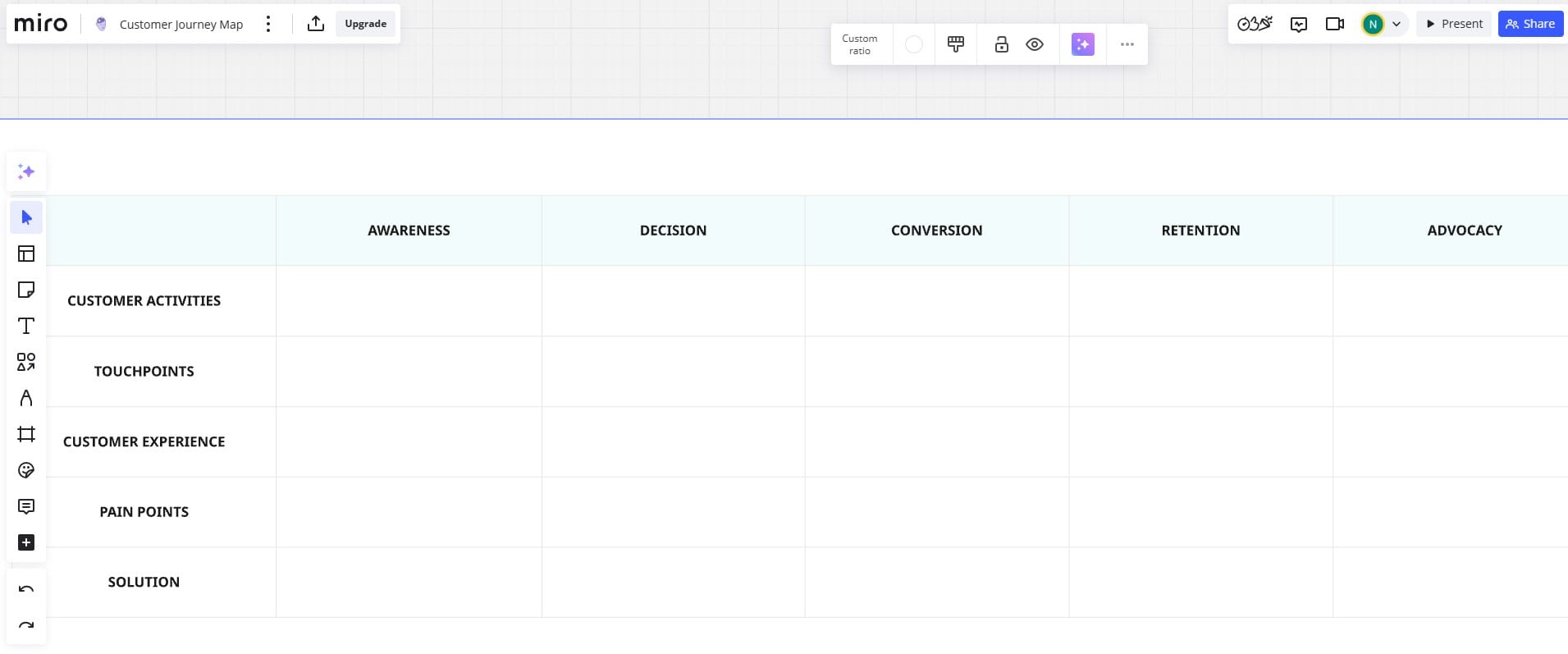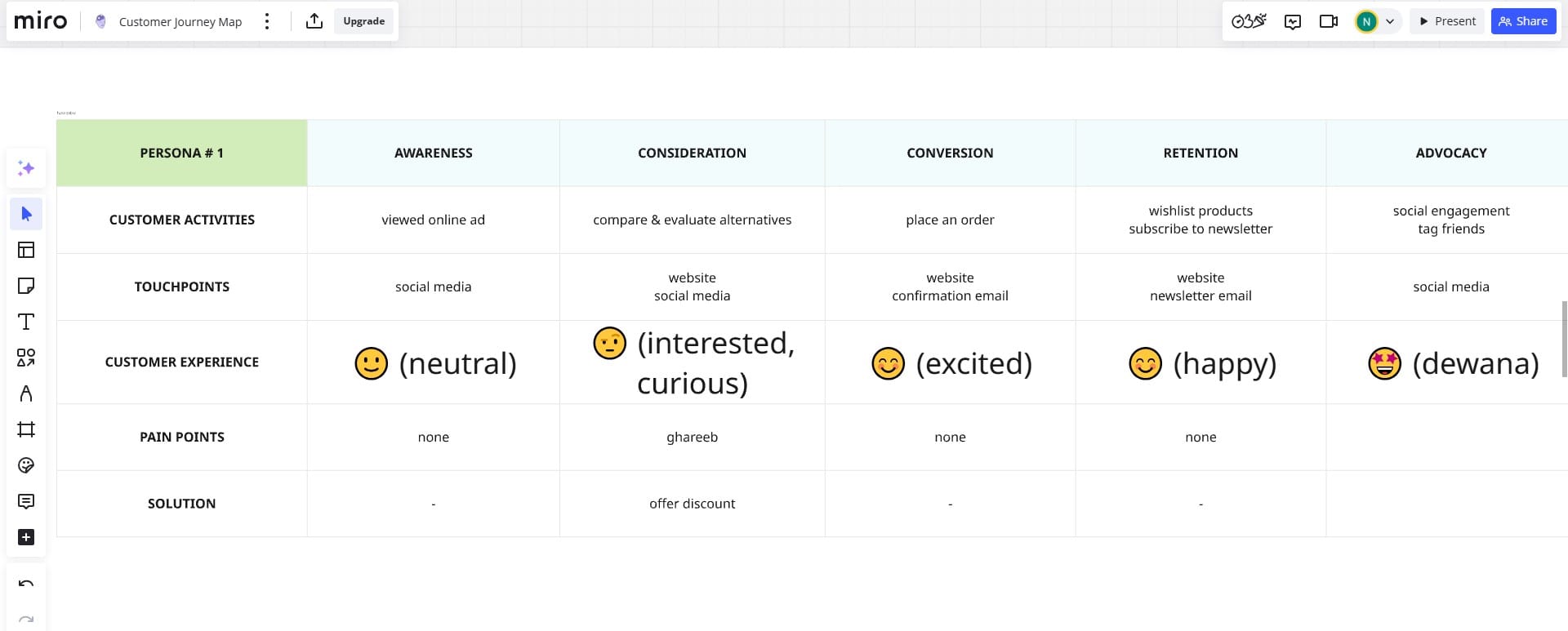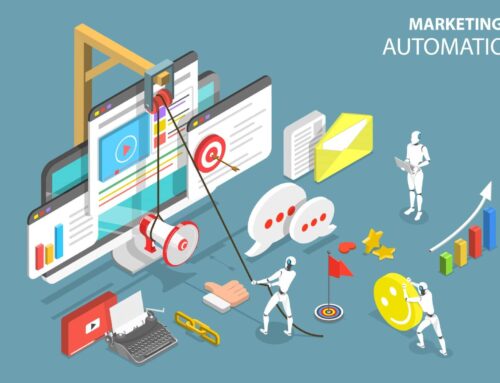Customer Journey Mapping
When it comes to your marketing planning and strategy, it can be really helpful to create a customer Journey map of your campaign so you have a better understanding of what purpose your different marketing channels are serving and what you should be measuring that aligns to the business objectives of your campaign.
Customer journey mapping is a practice of visually representing the journey which a customer takes when they’re interacting with an app, a website or even an omni-channel campaign.
Why Should I Make a Customer Journey Map?
When planning a campaign whether digitally, offline, or both, you need to understand how your customers will engage with your brand across channels. Mapping this journey out early on (i.e. during the campaign planning stage) will help you understand which channels are fulfilling different objectives, and this process can also help you choose better and more meaningful metrics for campaign measurement.
How To Make Customer Journey Map
Below is a step-by-step guide for creating a customer journey map. You’ll learn about the things needed to create and basic knowledge of visually structuring the customer journey map which will help you create one for your business using any tool.
Preparation for making a customer journey map
Before jumping into the steps of how to create the customer journey map, let’s first clarify what your map should illustrate:
Customer journey stages: Make sure your map covers every stage of the customer journey. Don’t limit your focus to the stages leading up to the purchase. It’s equally important to include retention and advocacy stages to capture the complete lifecycle.
Touchpoints: Identify the most common touchpoints customers encounter at every stage. For instance, in the awareness stage, customers might interact with your blog, social media, or search engines. During the consideration stage, they may explore reviews or demo videos. Focus on the most relevant touchpoints instead of trying to list every possibility.
The full customer experience: Remember that customers’ actions, motivations, questions, and pain points evolve across stages and touchpoints. Your map should highlight the entire experience for each touchpoint.
Your brand’s solutions: Ensure your map includes solutions tailored to each stage and touchpoint. These don’t always have to be paid products. For instance, in the awareness stage, your solution might be a piece of gated content instead of a direct offer.
Tutorial for creating customer journey map
I am using Miro to create a sample customer journey map
Setting up the journey grid
Design the layout of the customer journey map with customer journey stages labeled on first row, And customer activities, touchpoints, customer experience, pain points, solutions and other necessary things which need to be included, labeled on first column.

Mapping the customer journey
Based on the customer activity, complete the customer journey map from awareness stage to advocacy stage for each persona, so you can improve the overall customer experience with your brand.

Customer Journey Mapping Complete Steps Overview
Step 1: Define Your Goals
Before you start mapping the customer journey, establish clear goals for the process. Ask yourself:
- What do you want to achieve with this customer journey map?
- Which customer segments are you focusing on?
- How will this map align with your broader business objectives?
Setting specific, measurable, and time-bound goals ensures that your customer journey map serves a clear purpose.
Step 2: Research Your Audience
Your Content Goes aUnderstanding your audience is crucial for an accurate customer journey map. Gather data on your target customers through:
- Surveys and interviews
- Website analytics
- Social media insights
- Customer feedback and reviews
Use this information to create detailed buyer personas, highlighting their demographics, goals, pain points, and purchasing behavior.
Step 3: Identify Touchpoints
List all the touchpoints where customers interact with your brand. These may include:
- Social media platforms
- Your website or blog
- Email marketing campaigns
- Customer support channels
- In-store experiences
Touchpoints will vary depending on your industry and target audience, so ensure you account for both digital and physical interactions.
Step 4: Outline Stages of the Journey
Break down the customer journey into key stages. The typical stages include:
- Awareness: How customers first learn about your brand.
- Consideration: How customers evaluate your products or services.
- Decision: The moment customers decide to make a purchase.
- Retention: How you keep customers engaged and satisfied.
- Advocacy: How customers become promoters of your brand.
Each stage should reflect the mindset and actions of your customers.
Step 5: Map Customer Emotions and Pain Points
To truly empathize with your customers, map out their emotions and potential pain points at each stage. For example:
- Are customers excited or frustrated during the checkout process?
- What fears or objections might prevent them from making a purchase?
Understanding these emotional cues helps you design solutions that address customer concerns and enhance their experience.
Step 6: Analyze Current Processes
Evaluate how well your current processes support the customer journey. Identify any gaps or bottlenecks, such as:
- A confusing website navigation
- Long response times from customer support
- Lack of personalized marketing messages
Use this analysis to pinpoint areas for improvement.
Step 7: Implement and Optimize
Put your customer journey map into action by aligning your teams and resources. Train employees, update processes, and invest in tools or technologies that enhance the customer experience.
Continuously monitor and optimize the journey by:
- Gathering customer feedback
- Tracking key performance indicators (KPIs) such as conversion rates and customer satisfaction scores
- Testing and iterating based on insights
Step 8: Use the Journey Map to Drive Collaboration
Share your customer journey map across departments to ensure alignment. When marketing, sales, customer service, and other teams understand the customer’s experience, they can work together to deliver a cohesive and positive journey.
Final Thoughts
Creating a customer journey is not a one-time task; it’s an ongoing process that evolves with your customers’ needs and behaviors. By following the above steps, you can create a journey that not only meets your business goals but also fosters loyalty and long-term relationships with your customers.
Start mapping your customer journey today and unlock the potential to transform your customer experience!






